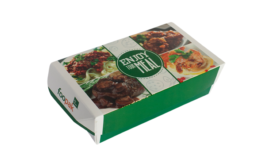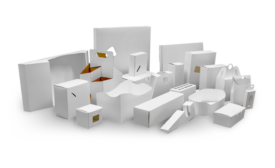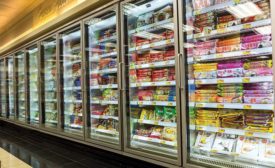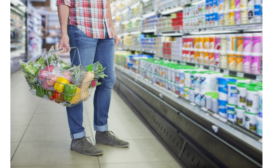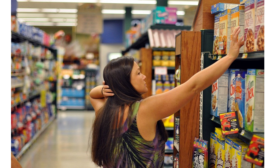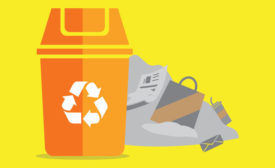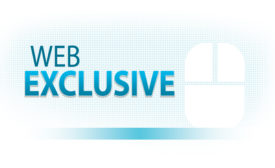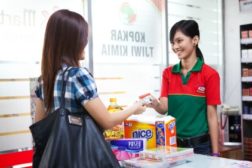Articles by Ian Lifshitz
Fresh Take on Frozen Foods
High-quality, sustainable packaging can defrost consumers' views of a sluggish market segment.
September 22, 2017
Sustainable packaging
Winning customer loyalty through sustainable packaging
September 8, 2017
Boosting Paper Recyclability
While many view paper packaging as more recyclable than other materials, consumers are demanding greater accountability. That’s why brand owners must keep the environment in mind.
April 12, 2017
Packaging for generations
Three packaging considerations to meet the needs of Baby Boomers
November 17, 2016

